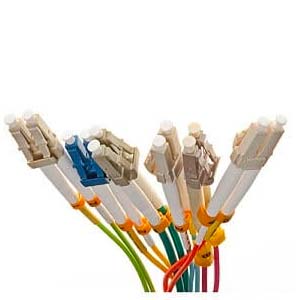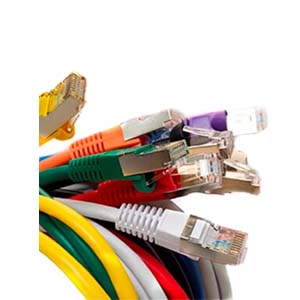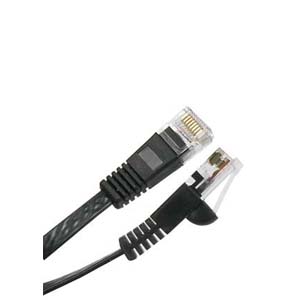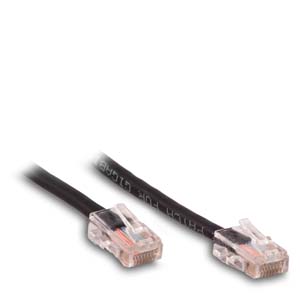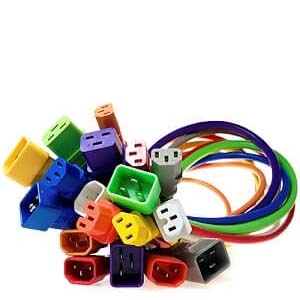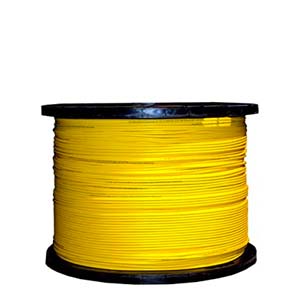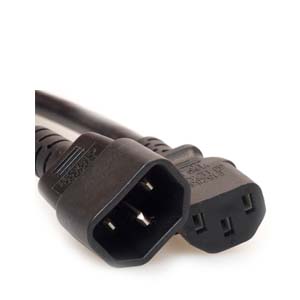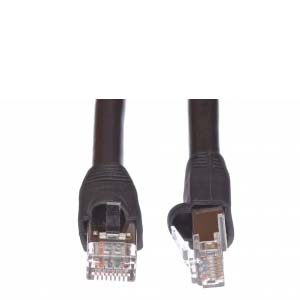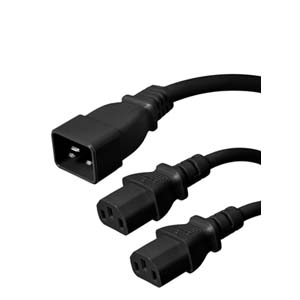Cables Blog
How to Pick Cables for Your Home Network
Picking cables for a home network is one of the first steps towards installing it. There are a few different options to choose from, so the decision is more complicated than it first appears. Most of the cables will look superficially similar, but their inner workings show significant variety that has a major impact on how they perform.
by Vikas Dayal • April 12, 2017
Picking cables for a home network is one of the first steps towards installing it. There are a few different options to choose from, so the decision is more complicated than it first appears. Most of the cables will look superficially similar, but their inner workings show significant variety that has a major impact on how they perform. That makes it vital to choose the right cable, which will depend on the other hardware that you are using for your network, your budget, and your plans for future changes to your network.
Factors to Consider
There are two primary factors to consider when choosing cables for a home network. The more important of the two is the performance of each type of cable. It may seem obvious to choose whichever cable supports the highest speeds, but the reality of the matter is somewhat more complicated. Cables are not the only limiting factor for a network's performance. Modems and routers can only process a certain amount of data every second. If you pick a cable that can transmit data faster than the rest of your hardware can deal with it, you are wasting some of the cable's performance. This means that it is important to keep the rest of your hardware in mind when choosing cables.
Cost is also a factor for many consumers. In general, a cable that offers higher performance will cost more than an older cable, but not by a huge margin. The difference is usually only a couple of dollars for every hundred feet of cable, so upgrading won't make a huge difference in the total cost of the project. The difference does become apparent for extremely large projects, but it won't be an issue for the average home network.
Cat5
Cat5 cables are the oldest that are still in use. In most cases, it can support speeds of 10 or 100 Mbps, which is the maximum speed of most older networking hardware. It can support speeds of up to a gigabit under some circumstances, but it can't do so reliably. Most new network projects will want to avoid this in favor of one of the newer cables, but it's important to be familiar with it because it does come for free with some older networking devices. People who are expanding an old home network may also want to consider it to keep their cables consistent, but that is a rarity because most of the newer cables are backwards-compatible.
Cat5e
Cat5e cables are an improvement over Cat5, but they have the same general design. The improvements focus on reducing a problem known as crosstalk, which happens when the individual wires inside the cable interfere with each other. That makes the cable much more reliable, and allows it to hit gigabit speeds much more reliably than the Cat5. That boost to speed and reliability makes the Cat5e preferable to using a Cat5 cable for the vast majority of home networks.
Cat6
Cat6 is the highest performance cable that most users should consider. It is designed to work with gigabit speeds, and it can even support 10-gigabit systems. Very few people have that type of system right now, but they're likely to become more popular in the future. The downside is that Cat6 costs slightly more than Cat5e, and some people find it harder to install if they need to cut cables to size.
In general, Cat6 is the best choice because it offers speeds that can keep up with incoming technology. Thrifty shoppers, or those who intend to upgrade their system before those new modems become common, should consider Cat5e, while the older Cat5 cables are a niche choice at best for most users.


